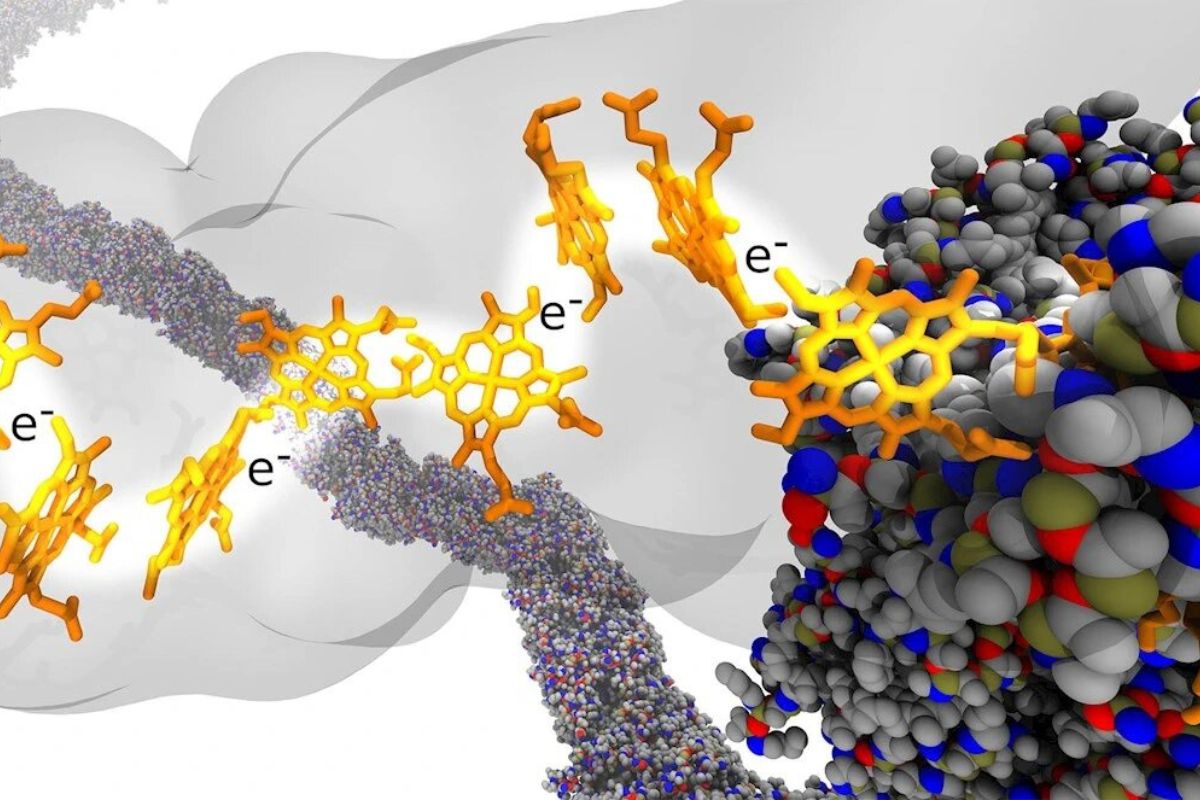
Benign Essential Blepharospasm (BEB) is a rare neurological disorder that affects the muscles controlling eyelid movement. Imagine your eyelids twitching uncontrollably, making everyday tasks like reading or driving a challenge. Affecting roughly 1 in 100,000 people, BEB is not life-threatening but can be quite debilitating. Symptoms include involuntary eyelid spasms, which can be triggered by stress, fatigue, or even bright lights. While the exact cause remains unknown, treatments like Botox injections and medications can help manage the symptoms. Understanding BEB is crucial for those affected, as it can significantly impact their quality of life. Let's dive into 20 essential facts about this condition.
What is Benign Essential Blepharospasm?
Benign Essential Blepharospasm (BEB) is a rare neurological disorder that causes involuntary spasms of the eyelid muscles. This condition can significantly affect daily life, making simple tasks challenging.
-
Definition and Prevalence: BEB affects about 1 in 100,000 people globally. Though benign, it can be quite debilitating.
-
Symptoms: Involuntary eyelid spasms are the main symptom. These can lead to drooping eyelids (ptosis) or spasmodic eyelid closure, impacting vision.
-
Causes: The exact cause remains unknown. Abnormal nerve signals in the brain are suspected. Some cases link to conditions like Parkinson's disease, dystonia, or multiple sclerosis.
How is Benign Essential Blepharospasm Diagnosed?
Diagnosing BEB involves a thorough clinical evaluation and medical history. Sometimes, imaging studies help rule out other conditions.
- Diagnosis: No specific test exists for BEB. Diagnosis often involves ruling out other conditions with similar symptoms.
What are the Treatment Options for Benign Essential Blepharospasm?
Managing BEB focuses on symptom relief and improving quality of life. Various treatments are available, from injections to medications and surgery.
-
Treatment Options: Symptom management is key. Treatments include botulinum toxin injections, medications, and sometimes surgery.
-
Botulinum Toxin Injections (Botox): Botox injections are highly effective, providing significant relief from spasms. Effects last about 3-4 months.
-
Medications: Anticholinergics like trihexyphenidyl and benzodiazepines like clonazepam can help manage symptoms.
-
Surgical Options: In severe cases, surgery like eyelid surgery or deep brain stimulation may be considered to reduce muscle activity or reposition the eyelid.
How Can Lifestyle Modifications Help?
Lifestyle changes can play a crucial role in managing BEB. Avoiding triggers and making adjustments can reduce the frequency and severity of spasms.
- Lifestyle Modifications: Avoiding stress, fatigue, and certain activities can help manage symptoms.
What is the Impact on Daily Life?
BEB can significantly affect daily activities, from driving to reading. Understanding its impact helps in finding ways to cope.
- Impact on Daily Life: BEB affects activities like driving, reading, and sleeping. Assistive devices like glasses with built-in prisms can help stabilize vision.
What is the Psychological Impact?
Living with BEB can lead to anxiety, depression, and social isolation. Emotional support and counseling can be beneficial.
- Psychological Impact: Anxiety, depression, and social isolation are common. Support groups and counseling can help manage these challenges.
Are There Genetic Factors?
While there's no clear evidence that BEB is inherited, some cases may have a familial component.
- Genetic Factors: Most cases occur in individuals with no known family history, though some may have a familial component.
Who is Affected by Benign Essential Blepharospasm?
BEB typically affects adults, with a slight prevalence in women. Understanding who is at risk can aid in early detection and management.
- Age and Gender: BEB usually affects adults aged 50-70. Women may be slightly more likely to develop the condition.
What are the Co-Occurring Conditions?
BEB can occur alongside other conditions, complicating diagnosis and treatment.
- Co-Occurring Conditions: Conditions like Parkinson's disease, dystonia, or multiple sclerosis may co-occur with BEB.
What are the Potential Complications?
Untreated BEB can lead to complications, including vision loss and eye injuries.
- Complications: Prolonged eyelid closure can cause vision loss. Rarely, corneal ulcers or other eye injuries may occur.
What is the Current Research and Development?
Ongoing research aims to better understand BEB and develop more effective treatments.
- Research and Development: Clinical trials are evaluating new therapies, including gene therapies and immunotherapies.
How Can Support Groups Help?
Support groups offer emotional support and practical advice from others experiencing similar challenges.
- Support Groups: Organizations like the Blepharospasm Research Foundation provide resources and advocacy for those affected by BEB.
Why is Awareness and Education Important?
Raising awareness about BEB can improve diagnosis and treatment outcomes.
- Awareness and Education: Educating healthcare providers about BEB ensures timely and effective management.
How Can Quality of Life be Maintained?
Despite the challenges, many patients lead fulfilling lives with proper management.
- Quality of Life: Maintaining a positive outlook and seeking support from loved ones and healthcare professionals is essential.
What are the Future Prospects?
Advances in medical technology and ongoing research hold promise for improved treatments and potentially a cure for BEB.
- Future Prospects: Continued advocacy and awareness efforts are crucial in advancing our understanding and management of BEB.
Living with Benign Essential Blepharospasm
Benign Essential Blepharospasm (BEB) might not be life-threatening, but it sure can throw a wrench in daily life. Those pesky involuntary eyelid spasms can make simple tasks like reading or driving a real challenge. While the exact cause remains a mystery, treatments like Botox injections, medications, and even surgery offer hope. Managing BEB often means making lifestyle adjustments and finding ways to avoid triggers like stress and fatigue. Support groups and counseling can also help tackle the emotional toll. Though BEB can complicate things, many people lead fulfilling lives with proper management. Ongoing research and new treatments continue to improve the outlook for those affected. Staying informed and seeking support can make a world of difference.
Was this page helpful?
Our commitment to delivering trustworthy and engaging content is at the heart of what we do. Each fact on our site is contributed by real users like you, bringing a wealth of diverse insights and information. To ensure the highest standards of accuracy and reliability, our dedicated editors meticulously review each submission. This process guarantees that the facts we share are not only fascinating but also credible. Trust in our commitment to quality and authenticity as you explore and learn with us.


